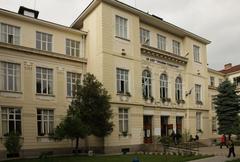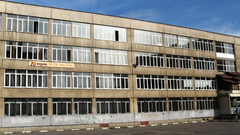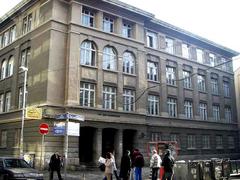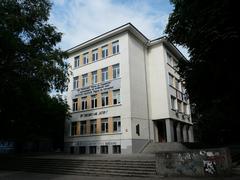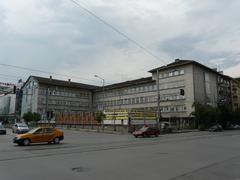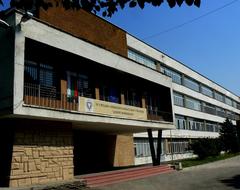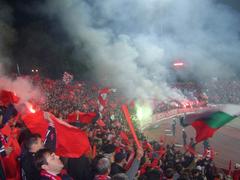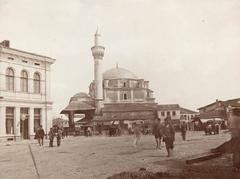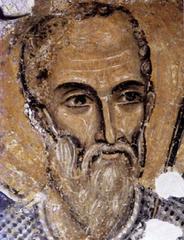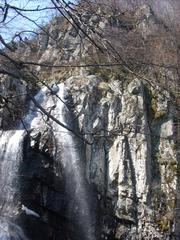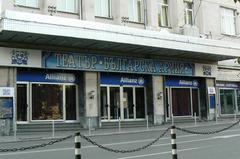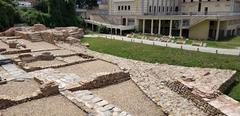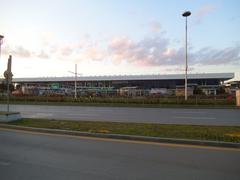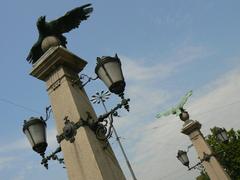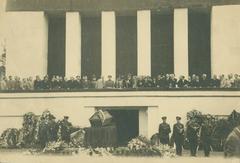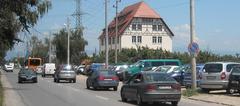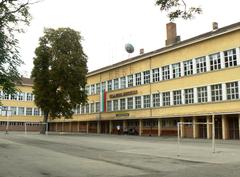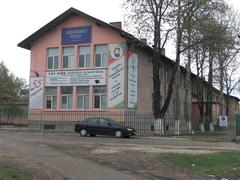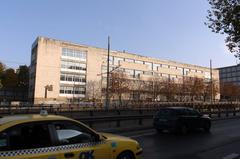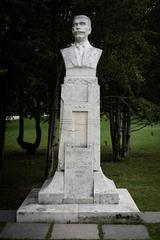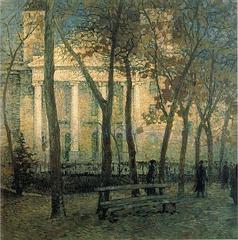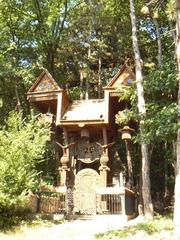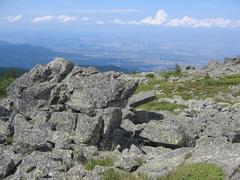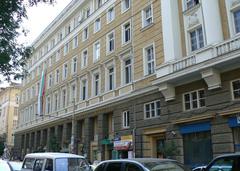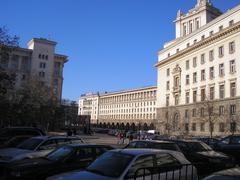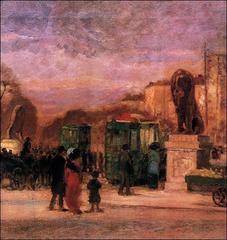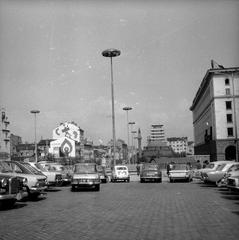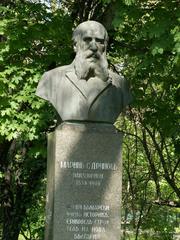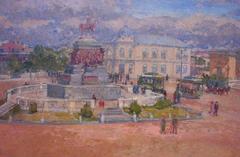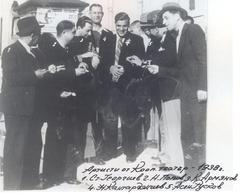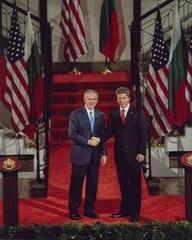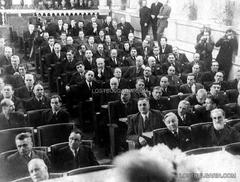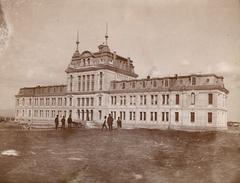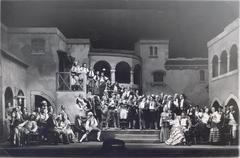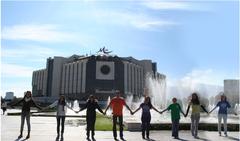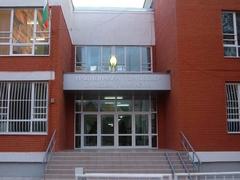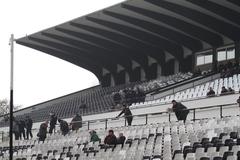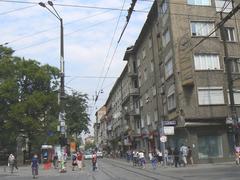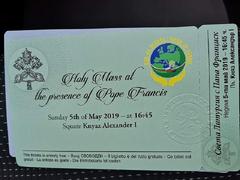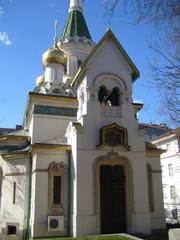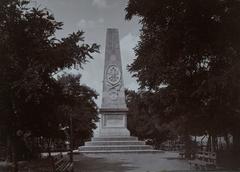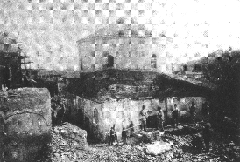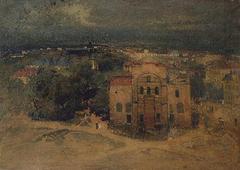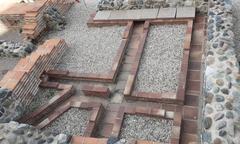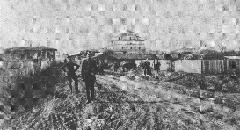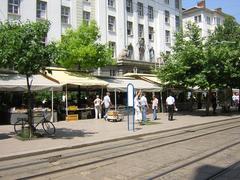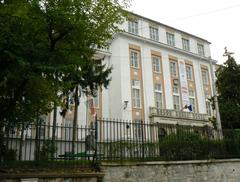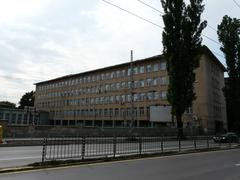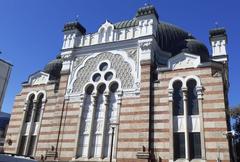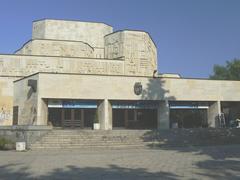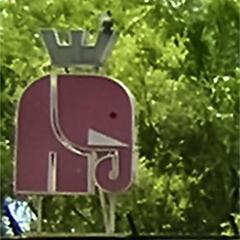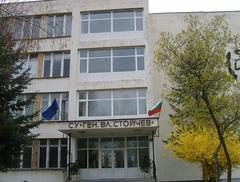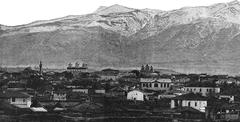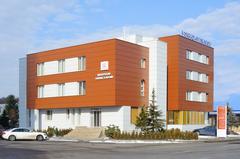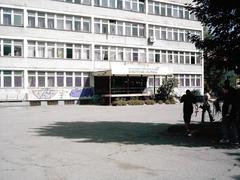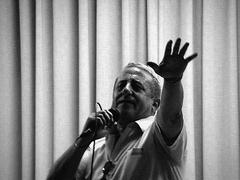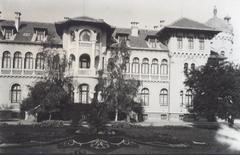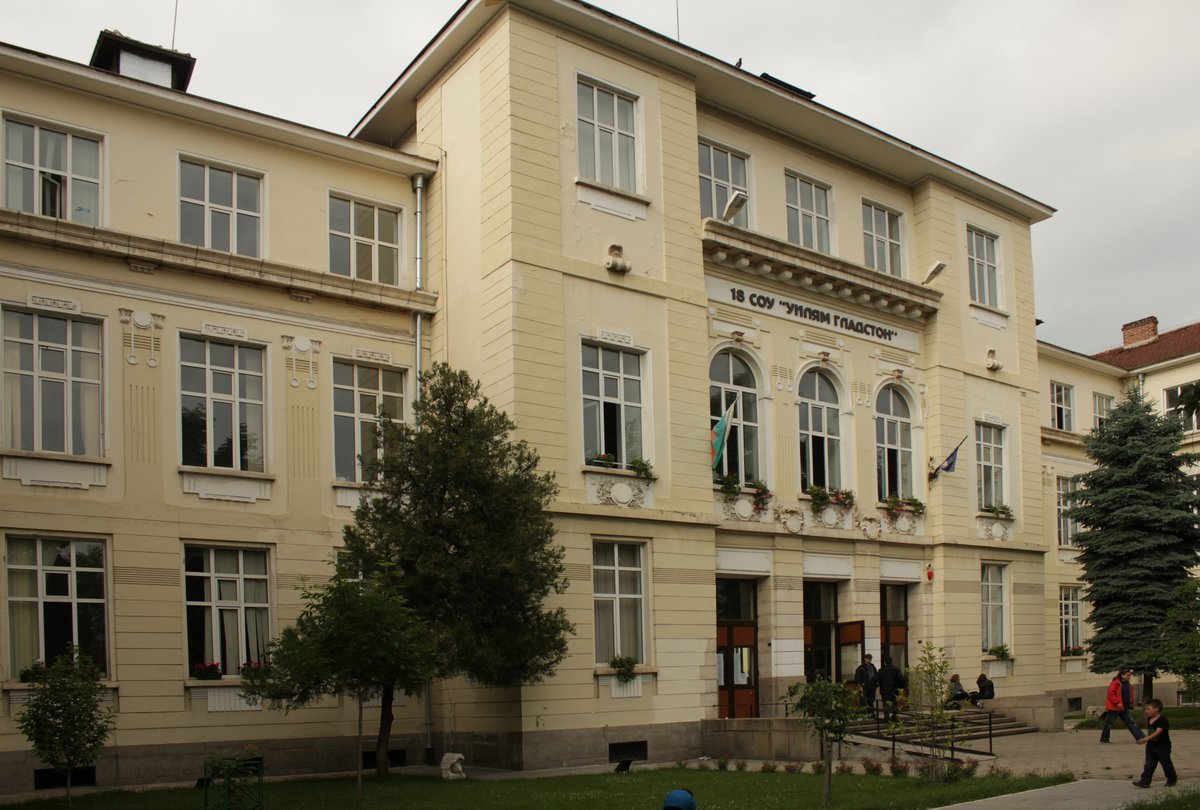
High School 18 William Gladston Sofia: Visiting Hours, Tickets, and Historical Insights
Date: 14/06/2025
Introduction
High School 18 “William Gladston” (18 СУ „Уилям Гладстон“) is a distinguished educational and cultural landmark in the heart of Sofia, Bulgaria. Founded in the early 20th century, the school stands as a testament to Bulgaria’s national revival, architectural heritage, and commitment to global education. Named after British statesman William Ewart Gladstone—a supporter of Bulgarian independence—the school embodies a spirit of liberty, intellectual exploration, and intercultural dialogue. Its blend of classic architecture and modern facilities, along with its central location near Sofia’s key attractions, makes it a compelling destination for educational and cultural tourism.
This guide presents detailed information about the school’s history, architectural features, visiting policies, accessibility, and tips for planning your visit. Whether you are a history enthusiast, cultural traveler, or language aficionado, High School 18 William Gladston offers a unique window into Bulgaria’s educational legacy and cultural engagement.
For further details and updates, consult the official school website, the Sofia Tourism Portal, and independent reviews (ReviewEuro Bulgaria).
Table of Contents
- Origins and Foundation
- Naming and Historical Significance
- Architectural Highlights
- Educational and Cultural Programs
- Visitor Information
- Travel Tips and Nearby Attractions
- Visitor Reviews
- Frequently Asked Questions (FAQ)
- Conclusion and Call to Action
- References
Origins and Foundation
High School 18 William Gladston traces its roots to the early 20th century, emerging from Sofia’s Third State Male Gymnasium. Officially inaugurated on January 4, 1910, the school was established amidst Bulgaria’s national revival, inheriting traditions from local schools in the “Tri Kladenets” area. The institution was conceived to meet the country’s aspirations for modernization and intellectual advancement.
Naming and Historical Significance
The school is named in honor of William Ewart Gladstone, the renowned British Prime Minister and advocate for Bulgarian independence during the 19th century’s April Uprising. The choice of Gladstone’s name underscores Bulgaria’s alignment with European values of freedom and justice. To this day, the school celebrates this heritage through international programs and commemorations, fostering a spirit of cross-cultural partnership.
Architectural Highlights
Building Design and Structure
High School 18 William Gladston is a prominent example of early 20th-century classical architecture in Sofia. Its impressive façade, symmetrical design, and decorative columns mark it as a protected cultural landmark. The school’s multi-story structure accommodates approximately 2,750 students, making it one of Bulgaria’s largest and most populous educational institutions (ReviewEuro Bulgaria).
Interior Spaces and Facilities
Inside, the school features well-lit classrooms, specialized language labs, and modernized amenities. The infrastructure includes ramps and elevators to support accessibility, though some older sections may have limited access. The spacious corridors and communal areas often host cultural events and exhibitions, further enriching the visitor experience.
Educational and Cultural Programs
High School 18 William Gladston is celebrated for its innovative language programs, offering instruction in French, German, Japanese, Chinese, Arabic, and Korean. The school’s Confucius Classroom and the Bulgarian-Japanese Center for Educational and Cultural Exchange highlight its dedication to international studies and intercultural understanding. Frequent language festivals, art exhibitions, and educational competitions are open to the public during special events.
Notable alumni such as actors Petar Popyordanov and Zahari Baharov, and musician Rangel Ignatov, underscore the school’s impact on Bulgaria’s cultural and artistic landscape.
Visitor Information
Visiting Hours and Ticketing
- General Hours: The school operates from 7:30 AM to 6:00 PM on weekdays.
- Public Access: As an active educational institution, public visits are by prior arrangement only, typically during open days, language festivals, or cultural exhibitions.
- Admission: There is no entrance fee for tours or school visits. Some special events may require a participation fee or donation.
- How to Arrange a Visit: Contact the school in advance through the official website or by phone. All visitors must register at the entrance and present valid identification.
Accessibility and Facilities
- Accessibility: Main entrances and event spaces are wheelchair accessible; ramps and elevators are provided, though certain historic areas may pose limitations. Visitors requiring accommodations should notify the school ahead of time.
- Facilities: The school offers restrooms, vending machines, and rest areas. There is no dedicated visitor center or café.
- Security: Controlled entry and on-site security ensure a safe environment. Visitors must sign in and wear badges during their stay.
Guided Tours and Events
Guided tours are available by appointment and are often led by faculty members or alumni, providing in-depth insights into the school’s history, educational philosophy, and cultural programs. These tours may include the library, language labs, and exhibition spaces. Public cultural events such as language competitions and art exhibitions are excellent opportunities to experience the school’s vibrant community.
Consult the event calendar for upcoming opportunities.
Travel Tips and Nearby Attractions
Getting There
- Address: 68 Pirotska Street, 1303 Sofia, Bulgaria
- Public Transport: Easily accessible by tram, bus, and the Opalchenska metro station.
- Parking: Limited street parking is available; public transport is recommended due to central location.
Nearby Attractions
Combine your visit with these Sofia highlights:
- National Polytechnic Museum: Explore Bulgaria’s technological heritage
- Saint Nicholas of Sofia Church: Historic Orthodox church
- Mall of Sofia: Shopping and entertainment
- Ivan Vazov National Theatre: Bulgaria’s premier theater
- Vitosha Boulevard: Iconic pedestrian shopping street
General Tips
- Wear comfortable walking shoes for exploring the area.
- Photography is generally allowed in public spaces; always ask before photographing students or staff.
- Respect school hours, dress modestly, maintain a low noise level, and adhere to all visitor guidelines.
Visitor Reviews
Guests consistently praise the school’s welcoming atmosphere, dedicated staff, and dynamic student body. The institution is highly regarded for its language education, cultural events, and its role in Sofia’s community (ReviewEuro Bulgaria; My Bulgaria Center).
Frequently Asked Questions (FAQ)
Q: Can I visit without an appointment?
A: Generally, no. Visits must be arranged in advance except during public events or open days.
Q: Are there entrance fees?
A: Entry is free for tours and school visits. Some cultural events may have participation fees.
Q: Is the site accessible for people with disabilities?
A: The school is partially accessible; contact the administration for specific accommodations.
Q: How do I arrange a guided tour?
A: Contact the school via the official website or by phone.
Q: What are some recommended nearby attractions?
A: The National Polytechnic Museum, Saint Nicholas Church, Ivan Vazov National Theatre, and Vitosha Boulevard.
Conclusion and Call to Action
High School 18 William Gladston is more than just an educational institution—it is a beacon of cultural, historical, and architectural significance within Sofia. Its central location, robust language programs, and role as a community hub make it an enriching destination for visitors interested in Bulgaria’s educational and cultural journey.
To stay updated on visiting hours, cultural events, and guided tours, consult the school’s official website, Sofia Tourism Portal, and related resources. Enhance your exploration of Sofia by downloading the Audiala mobile app and following our social channels for more guides on Bulgaria’s historical sites.
References
- Official School Website
- Sofia Tourism Portal
- Bulgarian Ministry of Education
- ReviewEuro Bulgaria
- My Bulgaria Center
- National Polytechnic Museum
- Sofia Tourism Official Site
